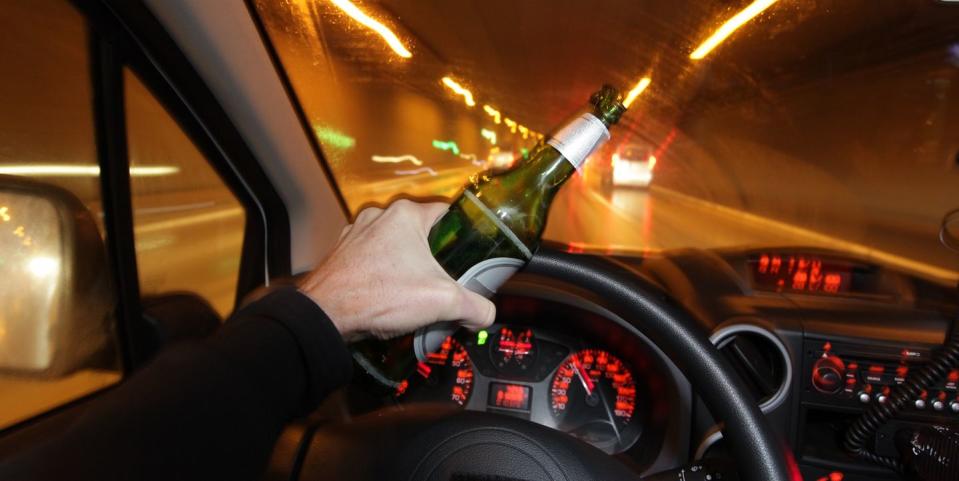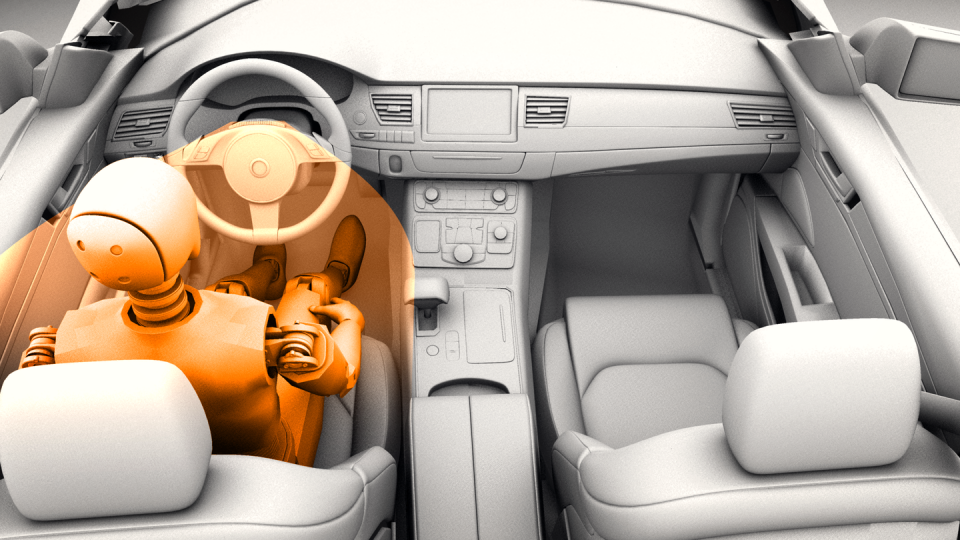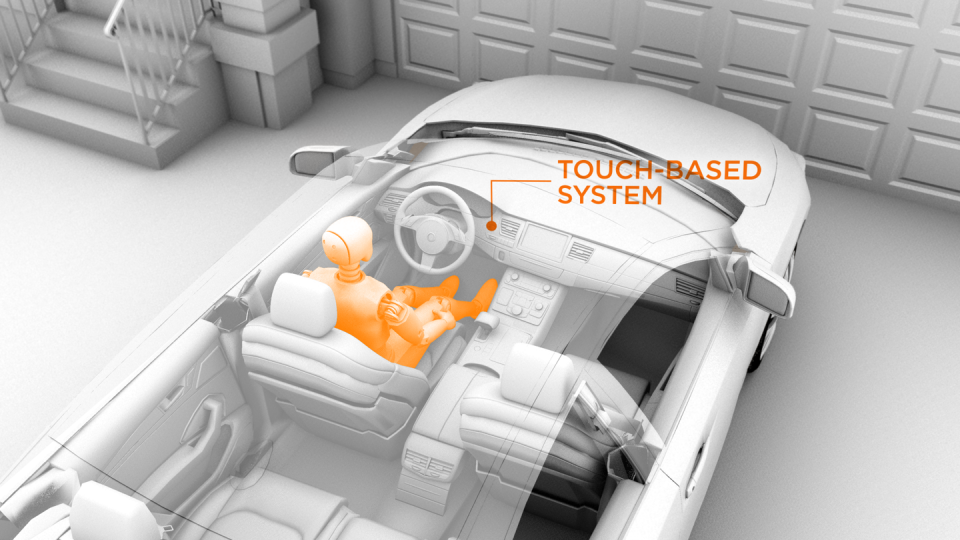Drunk Driving Could Start to End Forever as Soon as 2024, Government Says
Every day, 30 people die in accidents related to drunk driving in the United States, according to NHTSA data.
Newly introduced federal legislation in the Senate would require all new passenger vehicles to have passive alcohol-detection systems by 2024.
These systems would prevent a car from being started if the driver's blood-alcohol content (BAC) is over the legal limit of 0.08. But would the equipment work every time?

In an age in which cars are getting loaded up with active and passive safety equipment to the point of being able to (nearly) drive themselves, a few U.S. senators are looking to put one more piece of safety technology on board. This time, it's alcohol-detection equipment. With 30 people dying in alcohol-related vehicle accidents on American roads every day, or about one every 48 minutes, it's no wonder the federal government is looking for a way to make those numbers decline.
Senators Tom Udall (D–New Mexico) and Rick Scott (R–Florida) have introduced legislation that would mandate that all new passenger vehicles come with passive and unobtrusive alcohol detection systems by the year 2024. Their Reduce Impaired Driving for Everyone (RIDE) Act of 2019 is intended to "promote the research and development of advanced alcohol detection software and will require the implementation of such technology in new motor vehicles." Rep. Debbie Dingell (D–Michigan) has introduced similar legislation in the House of Representatives. The legislators' goal: to have technology in every car that will prevent the car from being started if the driver’s BAC is over the legal limit of 0.08.
Currently, the Driver Alcohol Detection System for Safety (DADSS) program, funded by the federal government, is the leader in the field of driver-intoxication systems. The program rolled out a prototype back in 2015 and has two systems under development to passively detect alcohol in the driver's body.

The first is similar to the traditional Breathalyzer that law enforcement uses to check BAC, but doesn't require a deep breath to be blown into the device. SenseAir, the company behind the breath-based technology, is working toward a device that allows the driver to breathe normally; exhaled air enters the sensor port, which measures the amount of alcohol and carbon dioxide molecules present. SenseAir is currently testing for various scenarios based on lung capacity, alcohol consumption, and breathing patterns. The company is trying to eliminate the possibility that a drunk passenger could trip the sensor and register an illegal BAC, which wouldn't allow a sober driver to operate the vehicle.

The other system is far more complex: it uses the driver's finger to detect alcohol using spectroscopy, measuring the BAC level via the capillaries in the finger beneath the skin. A light is shined on the finger, and the device looks for an elevated concentration of alcohol, which appears on two specific wavelengths of light. The goal is to have the device be on a surface that only the driver will touch, like the start/stop button, which would eliminate the need for drivers to ensure that they place their finger on a certain spot every time they start the car.
There are a few reasons why this kind of technology isn't already on cars. One is that, as NHTSA says, the technology has to be "seamless, accurate, and precise, and unobtrusive to the sober driver. It must also be proven reliable to be installed in the vehicle fleet." Any possibility of locking people out of their own vehicles because of false results, or branding them as intoxicated when they aren't, would be a deal breaker. The second issue is that, like any safety equipment added to vehicles, some users can, and likely would, figure out how to disable it in short order. As NHTSA also says, it's essential that the addition of anti-drunk-driving tech in cars be "publicly favorable." And an important consideration has got to be: How much is this going to add to the price of new cars?
Still, given the magnitude of the problem, it's encouraging that both houses of Congress are taking the issue seriously and looking for solutions.
You Might Also Like

 Yahoo Autos
Yahoo Autos 